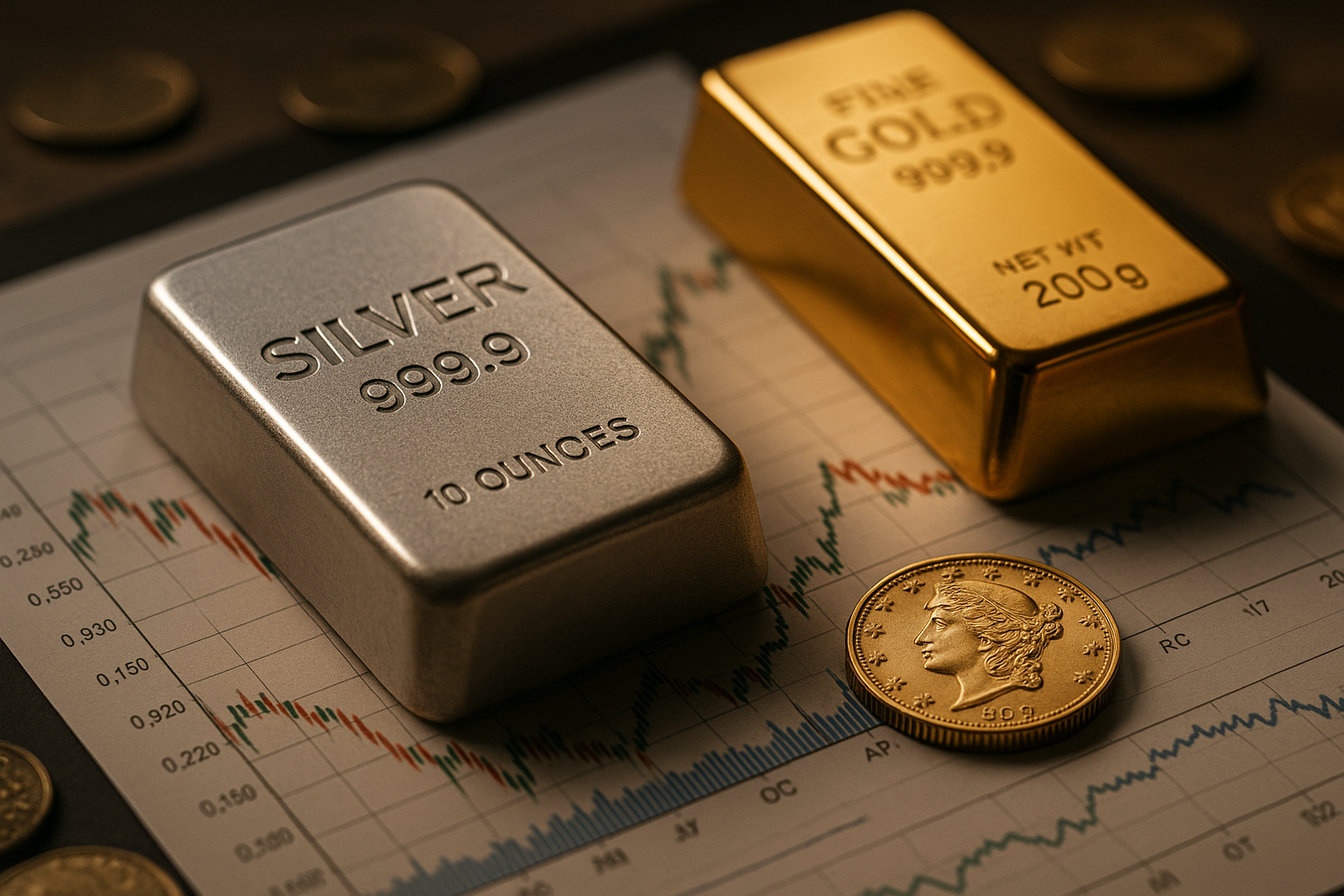Valuable Coins
The world of numismatics offers both fascinating history and potential financial rewards for collectors and investors alike. Rare coins represent tangible pieces of history that can appreciate significantly in value over time. Understanding which coins are truly valuable requires knowledge of mintage numbers, historical significance, condition grading, and market trends that shape this unique collectible asset class.

The allure of rare coins extends beyond their face value, often commanding prices thousands or even millions of times their original worth. These numismatic treasures represent tangible pieces of history, art, and economic development throughout human civilization. Whether you’re a seasoned collector or considering rare coins as an alternative investment, understanding the factors that determine their value is essential for navigating this specialized market.
What Makes Certain Coins Valuable in 2025?
Several key factors determine a coin’s value in today’s market and will continue to influence pricing in 2025. Rarity remains the primary driver of value—coins with limited mintage or those that survived in small quantities due to recalls, melting, or natural attrition typically command premium prices. The 1913 Liberty Head Nickel exemplifies this principle, with only five known specimens and values exceeding $4 million each.
Condition is equally crucial, with coins graded on the Sheldon Scale from Poor (P-1) to Perfect Mint State (MS-70). A difference of just one grade point can significantly impact value, sometimes by thousands of dollars. Historical significance also plays a major role—coins connected to important events, minting errors, or transitional periods in a nation’s history often attract premium valuations.
Metal content represents another value factor, particularly for gold and silver coins whose intrinsic metal value provides a price floor. As precious metal prices fluctuate, this baseline value adjusts accordingly. Finally, collector demand significantly influences pricing, with certain series or themes experiencing surges in popularity that drive values upward.
Most Sought-After Rare Coins in Today’s Market
The current rare coin market shows particular enthusiasm for several categories. American rarities continue to dominate, with the 1804 Draped Bust Dollar (the “King of American Coins”) and the 1913 Liberty Head Nickel consistently ranking among the most coveted specimens. Early American coins, particularly those from the first U.S. Mint in Philadelphia, remain perennial favorites.
Ancient coins have seen renewed interest, especially high-grade Greek and Roman specimens with clear artistic details and historical significance. Chinese coins from the late Qing Dynasty and early Republic period have experienced dramatic price increases as wealthy Chinese collectors enter the market, seeking to repatriate cultural heritage.
Error coins—those with striking mistakes like double dies, off-centers, and wrong planchets—continue attracting specialized collectors. The 1955 Doubled Die Lincoln Cent remains particularly sought after, with examples in mint condition fetching over $10,000.
Predicting Top Coins in 2025 Based on Current Trends
Market analysis suggests several categories may experience significant growth by 2025. Modern rarities, particularly limited-edition commemoratives and special mint products with restricted production runs, show promise as entry points for new collectors. The U.S. Mint’s American Innovation dollars and limited-edition gold commemoratives have demonstrated particular strength.
Coins with technological or historical significance related to digital currency development may gain collector interest as traditional and cryptocurrency worlds increasingly intersect. Specimens that represent pivotal moments in monetary history could see heightened demand.
Conservation-grade ancients—coins professionally preserved to museum standards—are likely to continue appreciating as the supply of properly preserved specimens remains limited against growing demand. Additionally, coins with documented provenance from famous collections often command premium prices, a trend expected to strengthen as authentication and ownership history become increasingly important to sophisticated buyers.
Investment Potential of Various Rare Coin Categories
Different coin categories offer varying investment characteristics. Classic U.S. rarities have historically provided stable long-term appreciation, though their high entry points limit accessibility for many collectors. These “blue-chip” numismatic assets often perform independently from traditional financial markets, potentially offering portfolio diversification.
World gold coins combine numismatic premium with intrinsic precious metal value, providing a hedge against currency devaluation while offering collector appeal. The British sovereign, South African Krugerrand, and American Gold Eagle represent popular examples with strong liquidity.
Certified modern issues offer more accessible price points with potential for appreciation, particularly limited-edition commemoratives or first-year issues of new series. These coins typically require professional grading and authentication to maximize investment potential.
Pricing Guide for Notable Rare Coins in Today’s Market
Understanding current market valuations provides essential context for collectors and investors. The table below offers a representative sampling of notable rare coins and their approximate market values across different quality grades.
| Coin | Circulated Condition | Uncirculated/Mint State | Proof/Specimen |
|---|---|---|---|
| 1909-S VDB Lincoln Cent | $750-1,200 | $2,000-7,500 | N/A |
| 1916-D Mercury Dime | $1,000-5,000 | $10,000-25,000 | N/A |
| 1893-S Morgan Dollar | $3,000-10,000 | $50,000-500,000 | N/A |
| 1907 High Relief Saint-Gaudens Double Eagle | N/A | $15,000-35,000 | $50,000-175,000 |
| 1804 Draped Bust Dollar (Class I) | N/A | N/A | $3,000,000-10,000,000 |
Prices, rates, or cost estimates mentioned in this article are based on the latest available information but may change over time. Independent research is advised before making financial decisions.
The rare coin market remains dynamic, influenced by numerous factors including economic conditions, collector demographics, and broader investment trends. While certain coins have demonstrated remarkable appreciation over decades, others have experienced periods of stagnation or decline. Professional grading services like PCGS and NGC have brought standardization to the market, increasing confidence among buyers but also highlighting the importance of quality and authenticity.
For those interested in valuable coins as collectibles or investments, education remains paramount. Understanding grading standards, authentication processes, and market dynamics provides the foundation for successful participation in the numismatic marketplace. Whether seeking historical treasures or portfolio diversification, the world of valuable coins offers rich opportunities for those willing to invest the time to develop specialized knowledge.




